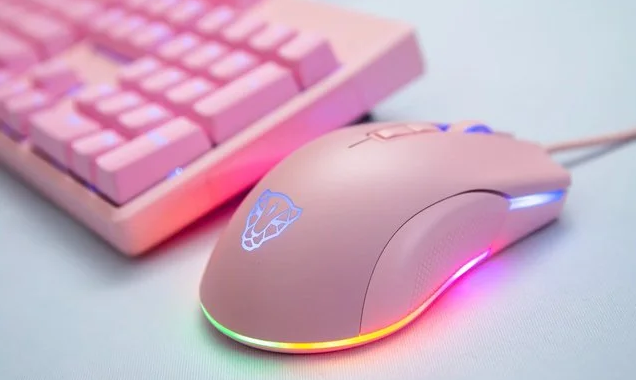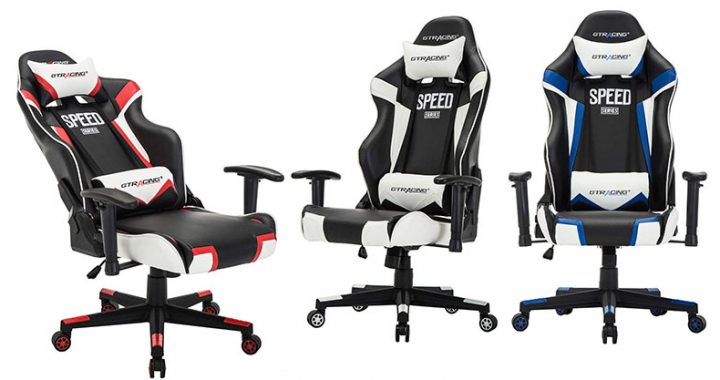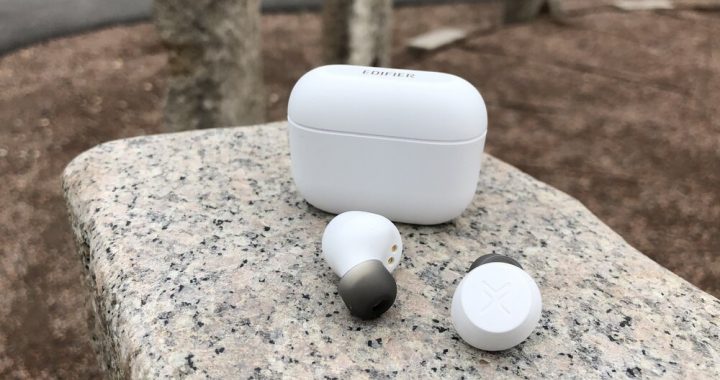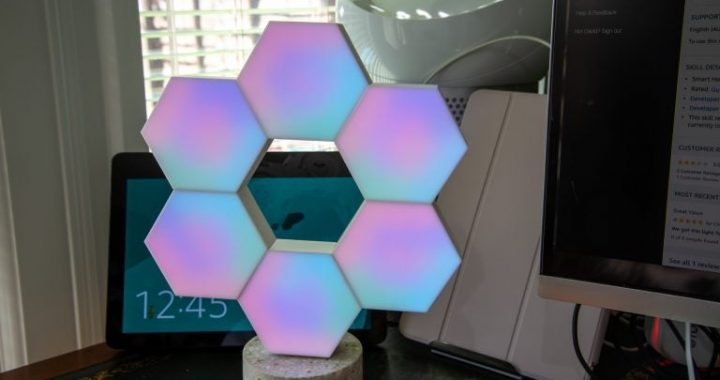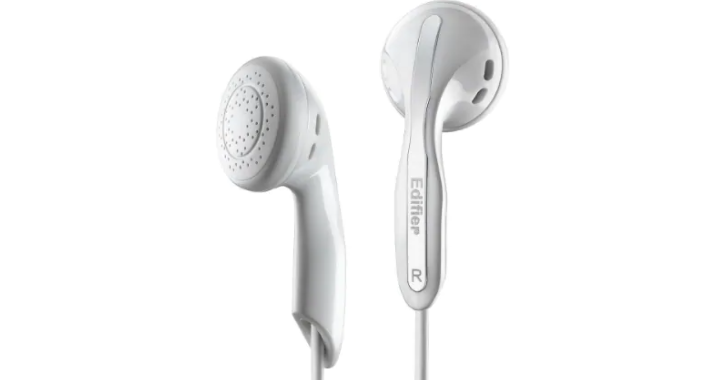How to choose the best mouse in a reasonable price range?
3 min read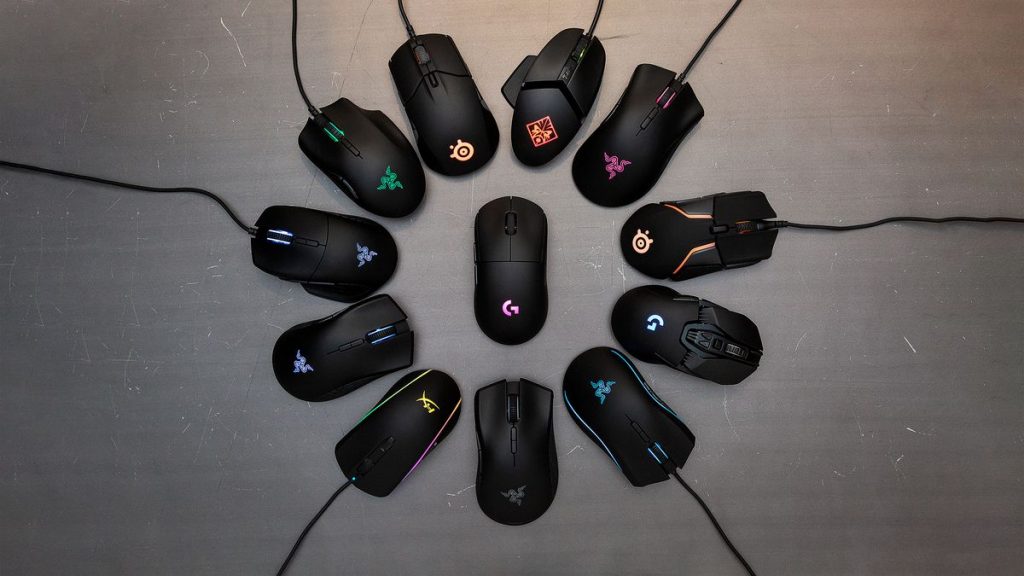
The number of manufacturers that focus on selling peripherals continues to grow. While our latest series of gaming mouse had 15 brands, last year the trend continued that everyone wants to provide their own mouse and keyboard. So we tested no less than 67 mice for games from 18 different manufacturers, all still for sale. The selection is huge, but in no way has every mouse successfully passed our extensive tests.
Given the large number of products tested, this article only covers mice that are new since our last major test. Of course, we compare it with the models we tested before, because a new product does not necessarily have to be better than a “veteran.”
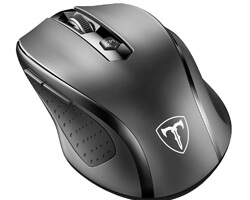 How do we test the mice?
How do we test the mice?
Let’s say that much of the evaluation of a mouse is personal. The way it fits in your hand also depends on the size of your own hands and how you normally hold a mouse (the well-known marketing trick “claw”, “palm” and “fingertip” actually manipulates a base). What he likes to hold, smooth or rough plastic, rubber or other material, remains subjective. Crude plastic and rubber provide more grip, for example, plain plastic is easier to clean. In addition, the choice of a high or low weight depends mainly on the user and his style of play.
Fortunately, there are also things we can say, and beyond, with a certain degree of objectivity. For example, if we put more than 60 products next to each other, we can report something about quality printing, but we cannot take inventory of the number of buttons, how they react when pressed and if the cable can be easily tied or is Very delicate rigid – or not. Above all, we can measure: When does the sensor lose contact with the surface (lifting distance)? Fast is good for discrete players who raise the mouse with large movements. Sensitive players who play at higher resolution spend less time taking off.
In addition, we can measure approximately how well the mouse does its work with fast movements. Approximately, because in our current configuration, we don’t move mice much faster than 5 meters per second. It is much faster than most users will move. We consider the behavior not only with low sensitivity (dpi setting) and high sensitivity (maximum), but also on three different surfaces. Some sensors feel more comfortable on a slightly rough surface with a clear texture, others are also suitable on a hard and smooth surface. We are also testing on a smooth surface with a fine texture. With these tests, we get a good picture of the accuracy of the sensor, but also of the acceleration / deceleration behavior of the mouse. The mouse pads we use are a Fnatic Gear Focus G1 Control XL (hard and fine texture), Razer Goliathus Control Extended (soft and rough texture) and the Asus ROG case (soft and fine texture). Some mice tend to move the cursor beyond the distance they are supposed to travel when the mouse moves quickly, we also assign it.
However, this gives a complete picture, and with as many mice as we have already tested among the models currently available, we can make a good recommendation in different price segments.

